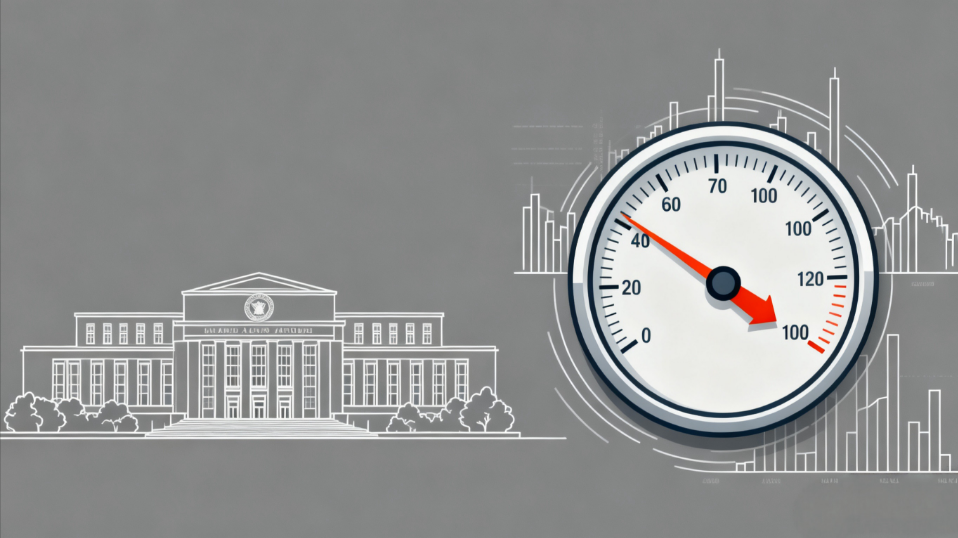
Has the Fed Started a New Round of Rate Cut Cycle?
On Wednesday, the Fed implemented its first rate cut in nine months, as expected, by 25 basis points. Following the announcement of the Fed’s latest interest rate decision, Goldman Sachs was the first among Wall Street giants to update its forecast for the Fed’s future interest rate path.
Goldman Sachs Asset Management—the primary investment business unit under Goldman Sachs Group—now predicts that after Wednesday’s rate cut, the Fed will implement additional 25-basis-point cuts in October and December of this year, thereby extending its easing cycle.
In Goldman Sachs’ view, only a surprise significant rise in inflation or a sudden rebound in the labor market would prevent the Fed from further rate cuts. If such events do not occur, the Fed appears committed to gradually easing monetary policy, balancing inflation control with economic support.
Goldman Sachs emphasized that the Federal Open Market Committee (FOMC)’s risk management framework currently favors cautious action, with most members signaling that policy should continue shifting toward a less restrictive direction. The bank stated that this implies further rate cuts by year-end will be the baseline scenario.
In the early hours of September 18, the Fed announced its latest interest rate decision, lowering the target range for the federal funds rate by 25 basis points to 4%-4.25%. The released "dot plot" shows that 10 out of 19 officials (including Milan, the newly appointed White House official as Fed governor) expect two or more additional rate cuts this year.
According to CME "FedWatch," the current probability of the Fed maintaining unchanged rates in October is 12.3%, while the probability of a 25-basis-point cut is 87.7%. The probability of unchanged rates in December is 0.9%, with a cumulative 25-basis-point cut at 17.6% and a cumulative 50-basis-point cut at 81.6%.
















